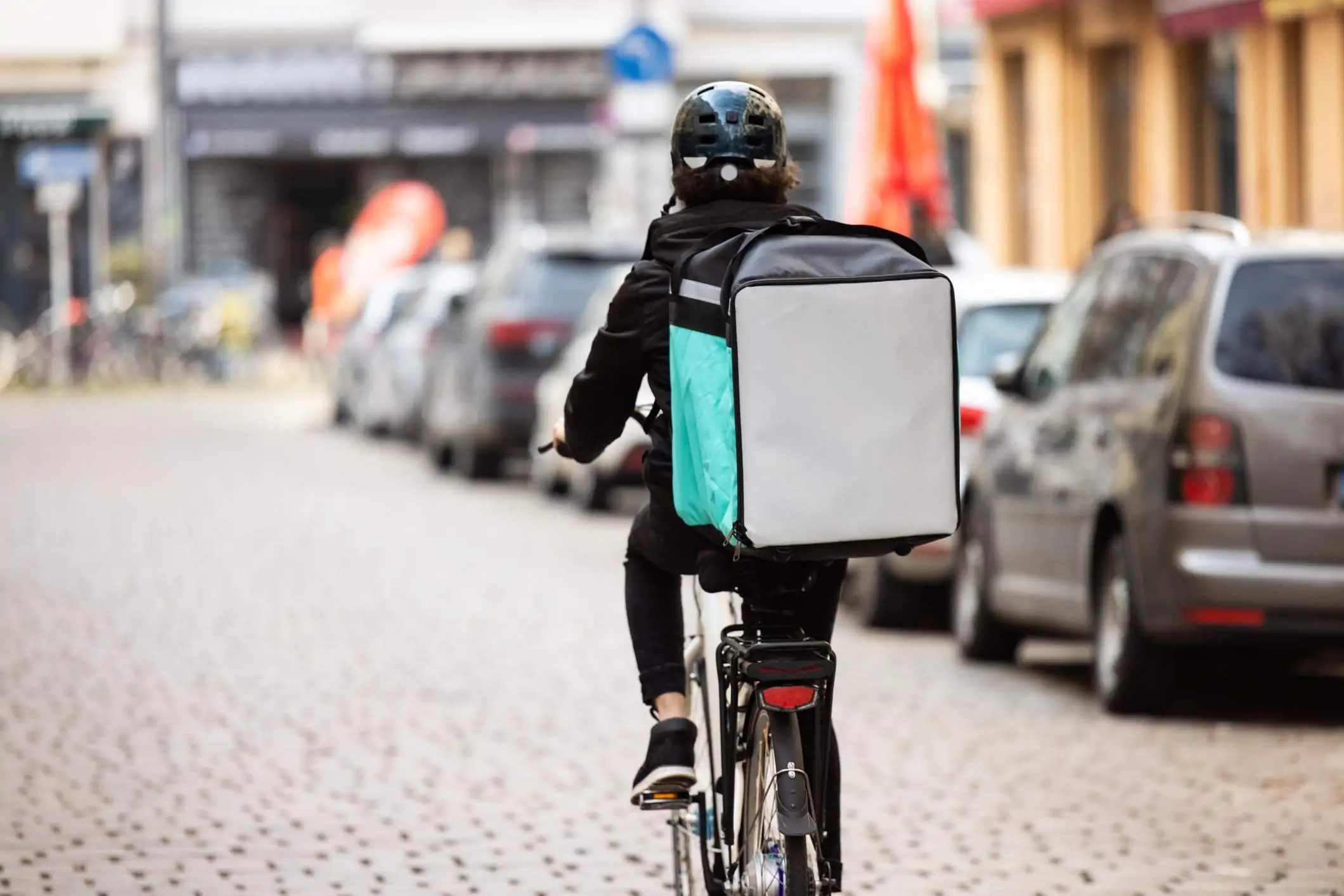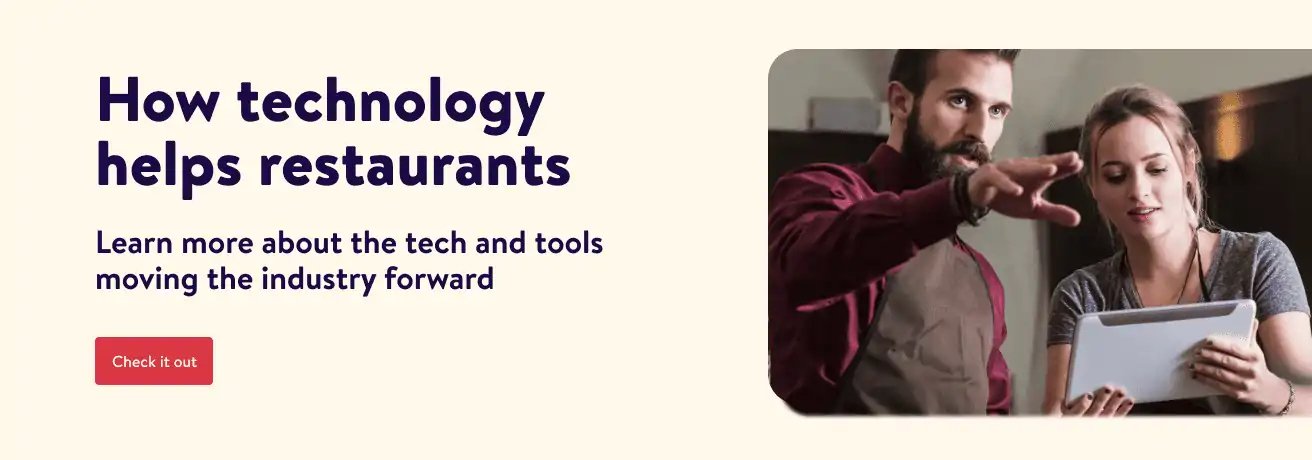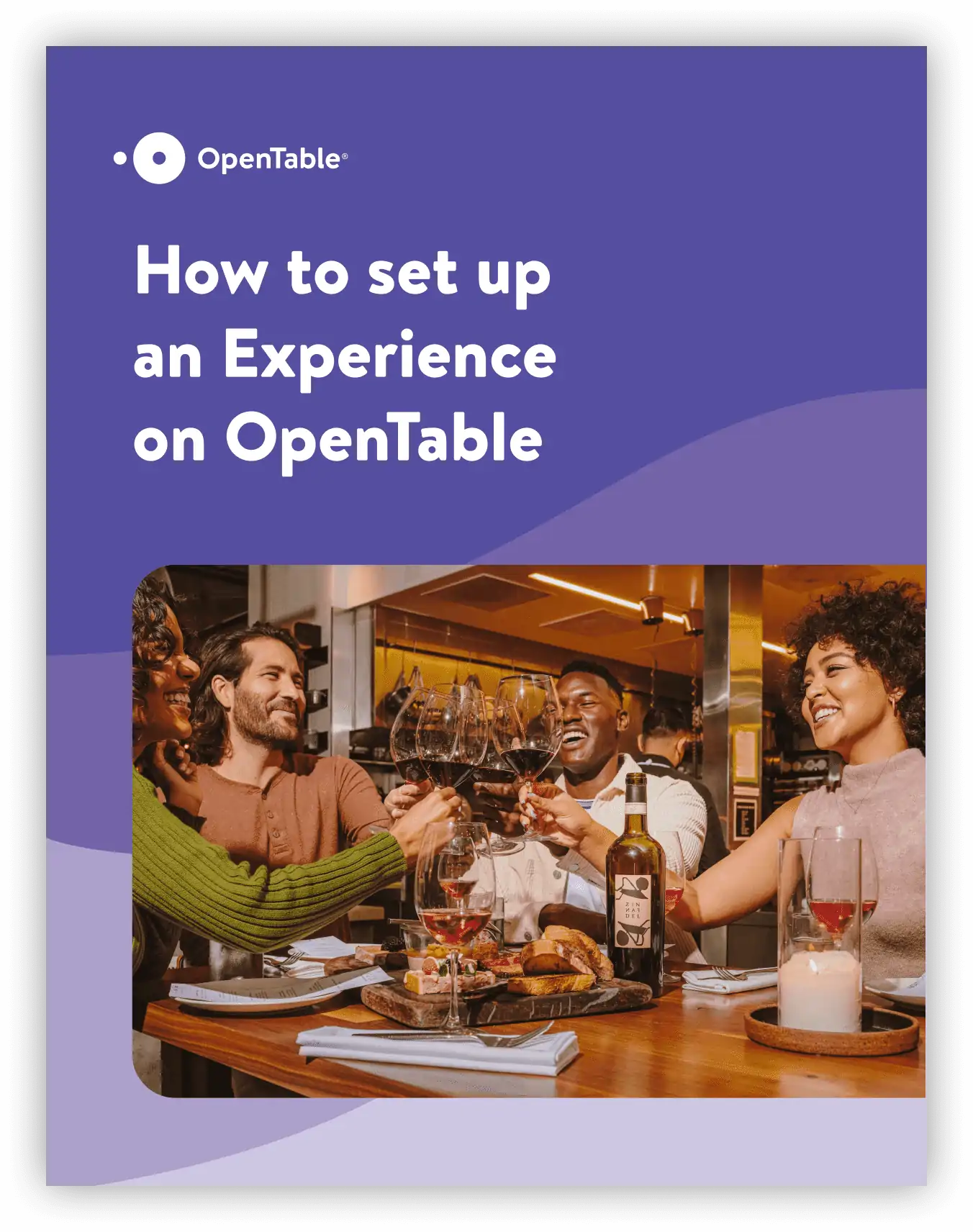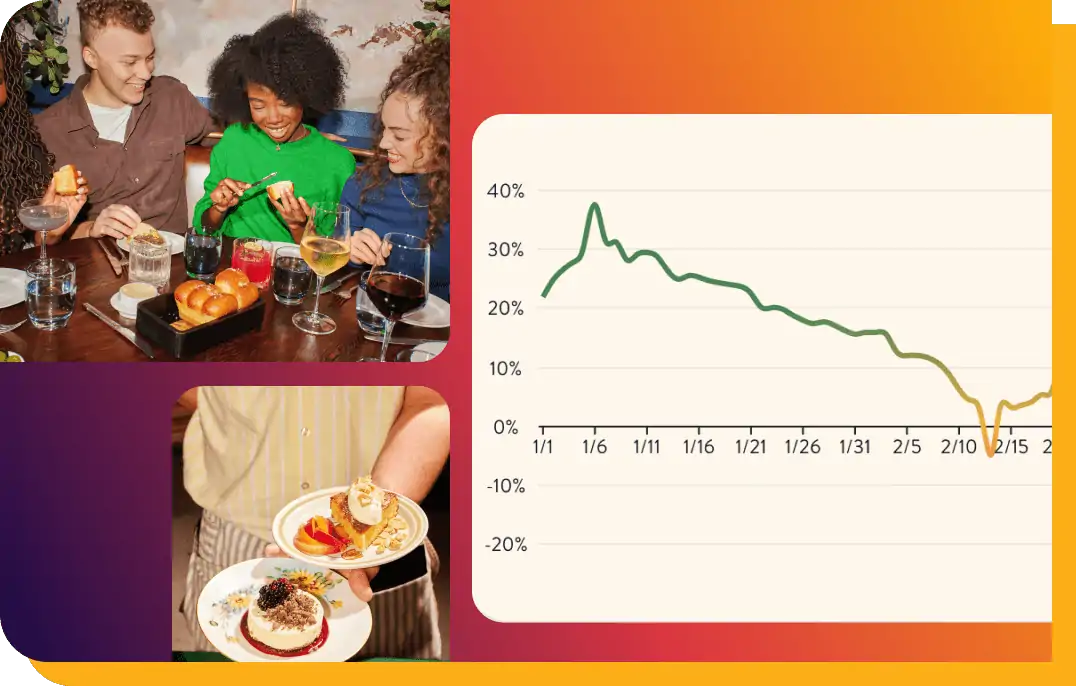Aspiring restaurateurs once looked to the food truck as a way to break into the business. It was faster, easier, and cheaper than launching a brick-and-mortar restaurant. Today, advances in restaurant technology have made ghost kitchens the preferred way to launch a restaurant concept quickly on the cheap.
The mania for delivery drives the continued success of ghost kitchens. In spite of pervasive anxiety about a possible recession, people are still dropping money on food delivery.
DoorDash’s revenue increased by 33% in the third quarter of 2022 compared to 2021, according to the Wall Street Journal. And ghost kitchens will be responsible for 50% of takeout business by 2030. Celebrity chef Guy Fieri now runs ghost kitchens all over the United States.
Whether you’re just starting out in the business or you’re a restaurant industry vet, you may be wondering if you should start a ghost kitchen. Read on to find out what you need to know to make the call.
Quick links
What is a ghost kitchen?
What are the pros of starting a ghost kitchen?
What are the cons of opening a ghost kitchen?
What are the steps to opening a ghost kitchen?
What is a ghost kitchen?
Also known as ghost restaurants, delivery-only restaurants, virtual restaurants, or virtual kitchens, this new type restaurant business took off during the pandemic. In spite of people returning to their 2019 restaurant habits, the ghost kitchen business is still booming.
Ghost kitchens can be standalone businesses, but sometimes they are a second or third concept operating out of an existing restaurant kitchen by the same owner. A ghost kitchen is defined by its lack of public access. There’s no storefront or dining room. Most of the time, you can’t even pick it up. It’s delivery-only.
What are the pros of starting a ghost kitchen?
Overhead costs
The biggest benefit to starting a ghost kitchen is the low startup costs compared to traditional restaurants. The number of square feet needed when there’s no dining room is a lot less, and the location is less important. Things like a prominent location on a great corner with tons of foot traffic make a space expensive but aren’t important for a ghost kitchen. The real estate costs on a ghost kitchen should be comparatively cheap.
Less labor
During a relentless hiring crisis, the fewer people you need to run your business the better. Ghost kitchens don’t need servers, bartenders, food runners, or hosts. All they need is a core kitchen team.
New audience
For current restaurant owners, launching a new ghost kitchen concept can mean reaching a totally new audience. If you run a steakhouse and launch a burger ghost kitchen at a much lower price point you are now serving a whole new type of guest. It’s possible to start a relationship with a $10 burger that leads them to becoming a regular at your flagship restaurant.
Focus on the food
Not everyone who gets into the food business is a people person. For some, the high-touch aspect of hospitality isn’t a draw. This is the type of person who might thrive at the helm of a ghost kitchen. It can be all about the food.

What are the cons of opening a ghost kitchen?
Delivery fees
The start-up costs may be less, but there are other costs to consider. Mainly the steep delivery fees that your third-party delivery partners will charge on every order. These fees can climb to 30%. It’s definitely something you should consider as you think about the kind of food you want to offer and set the prices.
Not all food is cut out for delivery
If your obsession is burritos, you may have the perfect concept for a ghost kitchen. But not all food travels well. If the dream was to open a chef-driven restaurant with creative small plates featuring several components each, it might be hard to translate into something that works well for delivery. Be honest with yourself and don’t try to force a ghost kitchen on an idea that’s all wrong for the format.
Hard to nurture regulars
People looking for delivery take to the apps with the same cold appraisal singles bring to Tinder. They’re going to swipe, swipe, and scroll until some new thing catches their eye. This makes it very difficult to build relationships with loyal diners. You may be looking at having few regulars to rely on.
Timely delivery is out of your hands
Typically a restaurant is handing off the food to a gig worker from a delivery app. At this point, the restaurant loses all control over the transaction. But if the driver gets lost or distracted and the food arrives late and cold, the diner is likely to direct their frustration at you.

What are the steps to opening a ghost kitchen?
Now that we’ve got the basics covered, it’s time to look at how you go about the process of opening a ghost kitchen.
Scout a spot
Ghost kitchens can be set up in a wide variety of places. Some of the most popular are shared commissary kitchens, so check out what may be available where you live.
Sometimes restaurants will sublease kitchen space to ghost concepts. If you go that route, be aware you may face limited hours of operations and a lack of storage space. Over the past few years, shopping malls have become hot spots for ghost kitchens as retail has gone more and more online.
In some places around the US, you can even start a ghost kitchen from your home kitchen if you go through the proper channels and pass local inspections. Consider all the options before making a choice.
Pick a concept
When deciding on a concept, you need to figure out how what you want to do overlaps with what your community needs. Do some market research to find out if the pizza market is oversaturated, for example. Think about the type of menu items that are most popular for takeout. When what you want to serve intersects with what people like and what your area most needs, you’ve hit a recipe for ghost kitchen success.
Write a business plan
A ghost kitchen may have fewer moving parts than a full-fledged restaurant, but it’s a similar business model. You’ll still need to know how to write a restaurant business plan. It may be a pared-down version of what is typical for the industry, but every business owner needs this document to help organize things, guide decisions, and get the project off the ground.
Create a brand
When you have no sign, no street presence, and no face-to-face interactions with customers, the brand identity of the business becomes even more important. Start with a logo. Keep in mind this graphic should be readable and eye-catching on the delivery apps where people will see it.
Consider hiring a graphic designer to create not only this logo but a brand kit. You’ll get the logo in all the sizes you’ll need for emails and across social media as well as business cards, stickers to seal to-go packages, and menu design elements. If you don’t have a graphic designer in mind, check out platforms like Fiverr and Upwork to find a professional who can work with your needs and budget.
Get the right permits, insurance, licenses, and certifications
These vary greatly by location, so you’ll need to research the specific things you need for your city or town. Generally speaking, it will include things like
- ServSafe Certification
- Health inspection
- Liability insurance
- Business license
Choose your delivery apps
You know the major third-party delivery players: Grubhub, Uber Eats, Caviar, Postmates, and more. Some ghost kitchens prefer to work with one app while others have a presence on them all. Each has slightly different terms and fee structures so be sure to read all the fine print before you decide. All process online orders the easy way people have come to expect.
Write a marketing plan
Lack of foot traffic cuts down on rents, but it also means if you want any meaningful exposure, you have to work for it. You may want to dedicate significant resources to social media. Other restaurant marketing strategies to consider are paid advertising, media coverage, email marketing, and influencer marketing.
Do a food photo shoot
Ghost kitchens live or die online. Websites, delivery platforms, and social media are everything. So it’s even more important to show off every tangle of noodles and cheese pull to its best advantage. Consider scheduling a photo shoot with a professional food photographer. If that’s not possible, stage it yourself, taking plenty of shots of menu items in natural light with your phone.
Hire the right people
You don’t have to staff up in quite the same way in a ghost kitchen that you would in a traditional restaurant. Still, you need great cooks, dishwashers, and people to pack up the orders. Keep in mind the labor market is still tight, and leave yourself extra time to find, hire, and train the right people.
Open and experiment
One of the perks of opening a ghost kitchen is flexibility. Keep a close eye on what happens in your first weeks, and use that information to make adjustments going forward. Tweak your hours, add or drop menu items, or adjust prices based on what you learn as you go.
A ghost kitchen isn’t the right fit for every concept or every restaurateur, but with a well thought-out plan it can be a great way to get into the business or open up a new revenue stream.





